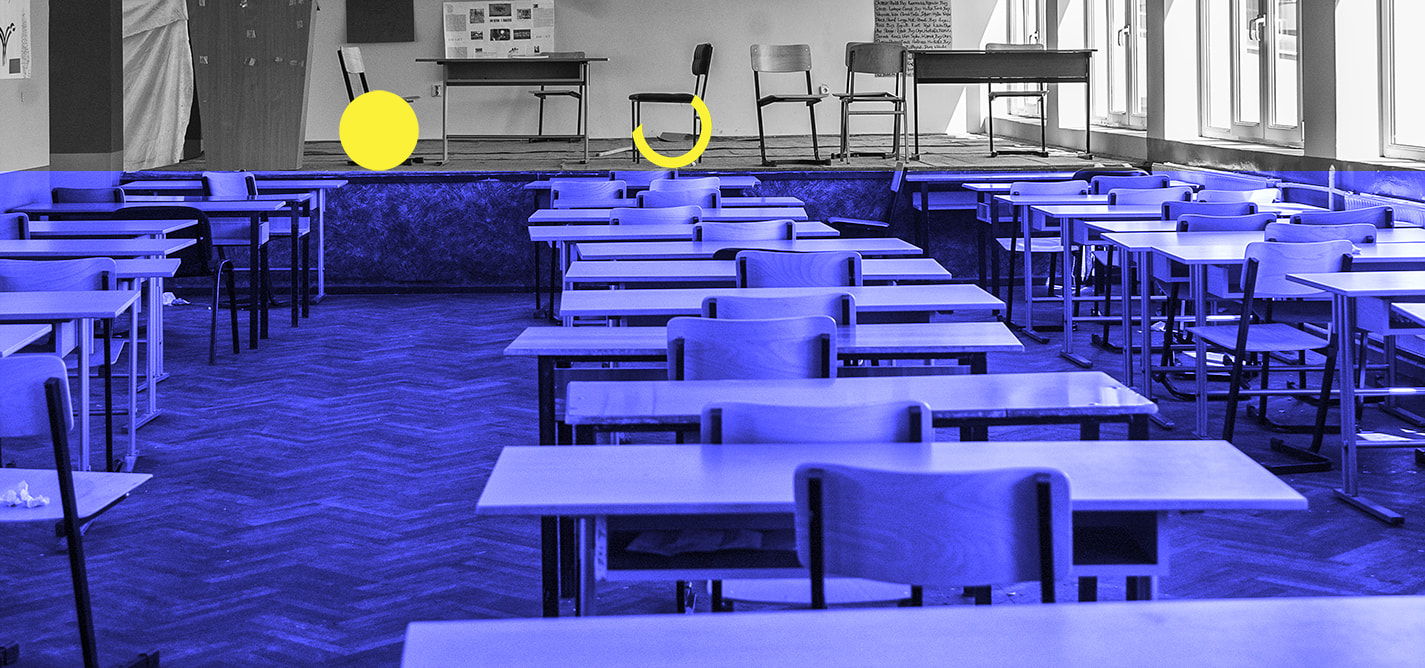
Being part of a state that does not treat you as such
Institutional marginalization of children with disabilities in the education sector.
|22.09.2017
|
In existing schools there is a lack of elementary infrastructure for guaranteeing inclusion, such as adequate bathrooms for disabled people, elevators, ramps and suitable transport.
Kosovo need to improve its inclusion of disabled children in the education system by ensuring that disabled children go to public schools with their peers, and by raising the number of professional staff and personal assistants.

Leonora Aliu
Leonora Aliu is a former K2.0 journalist (2017-18). She studied journalism at the University of Prishtina.
DISCLAIMERThe views of the writer do not necessarily reflect the views of Kosovo 2.0.
This story was originally written in Albanian.